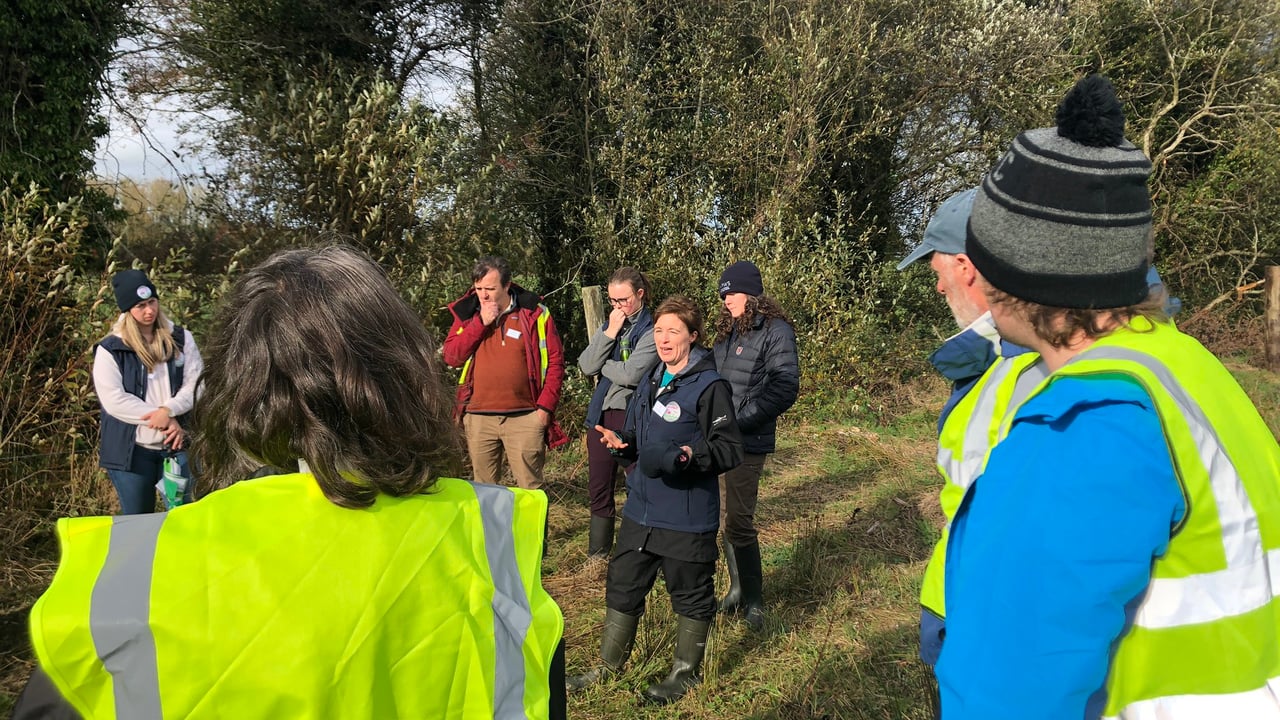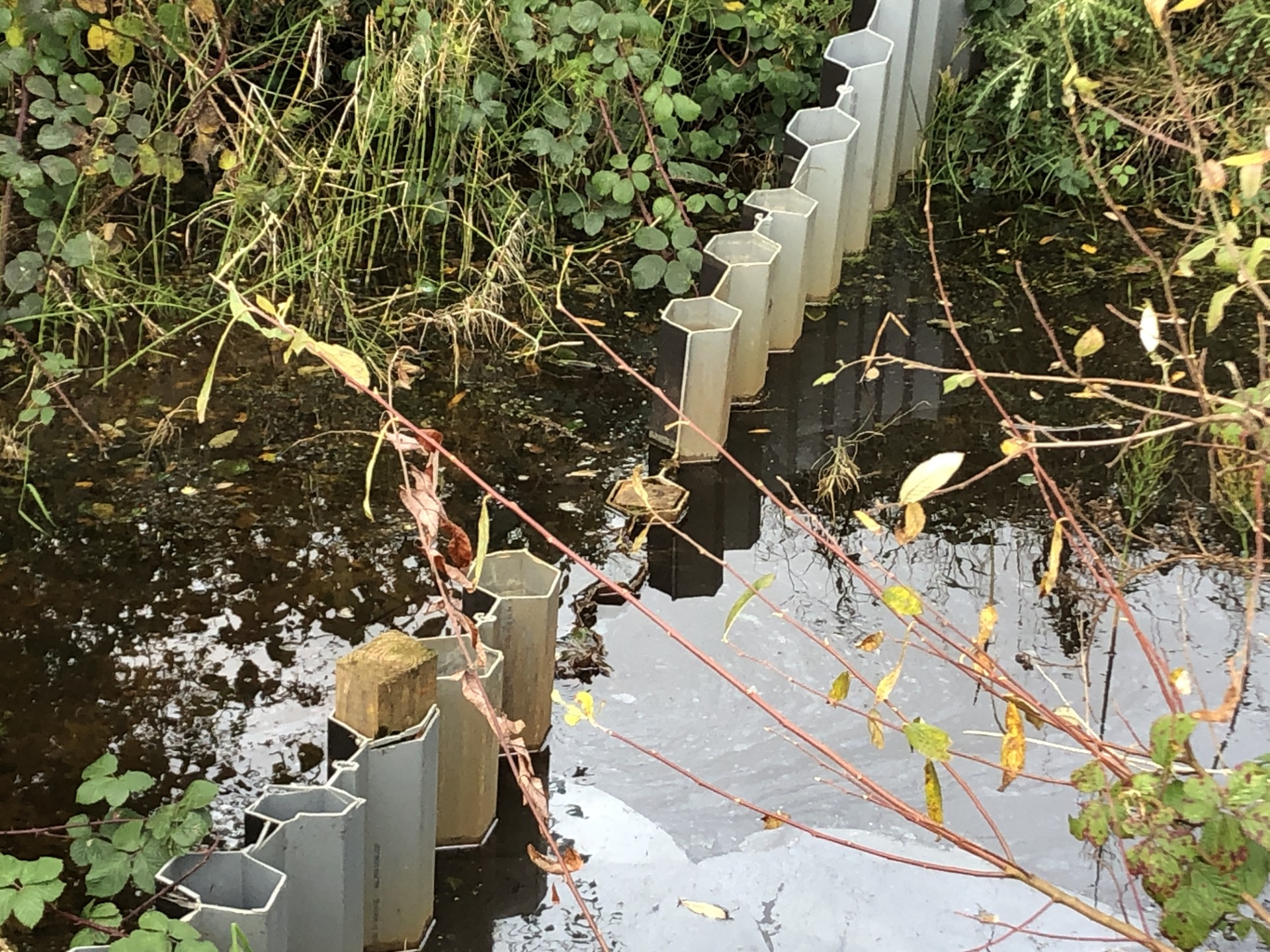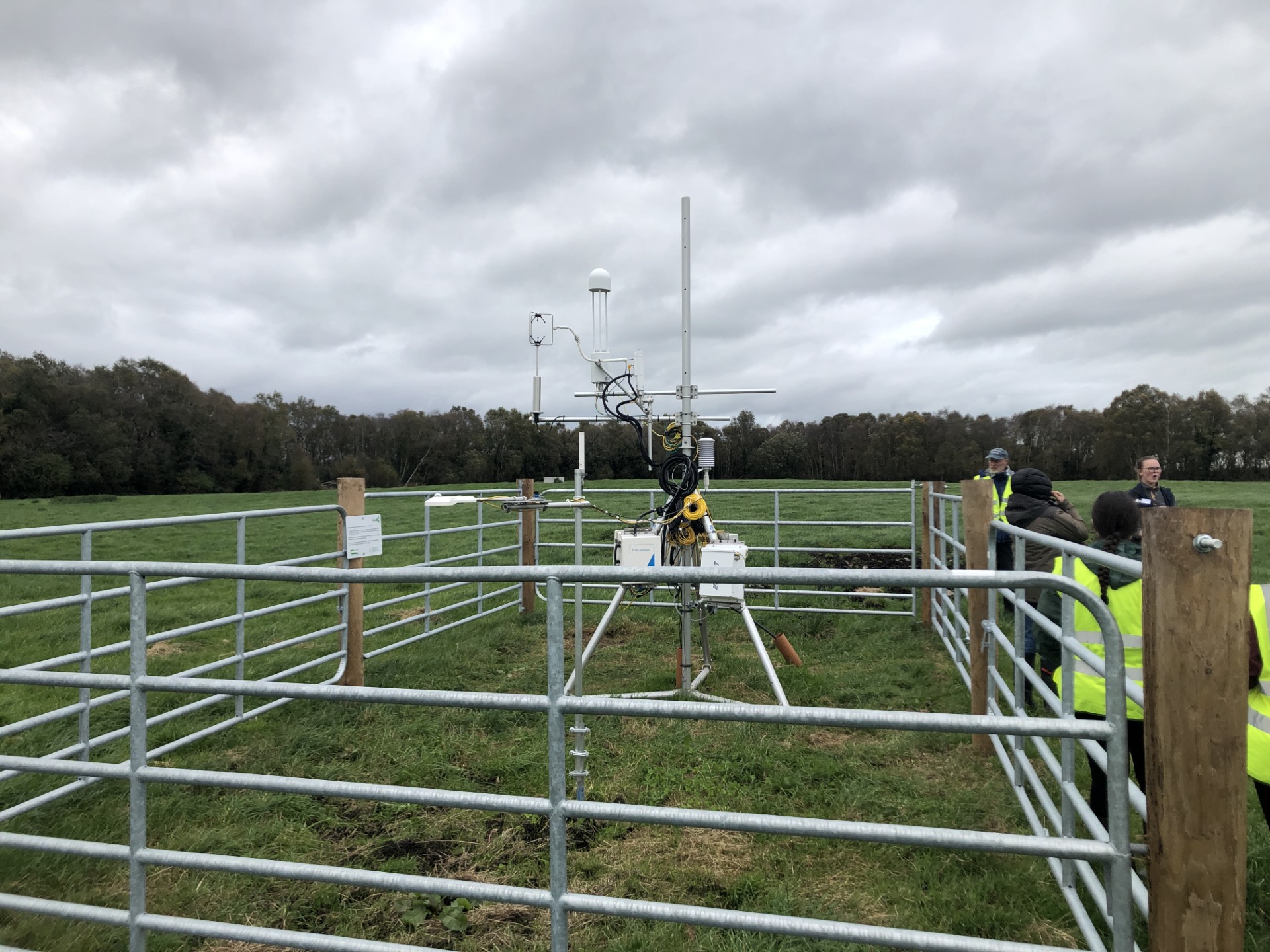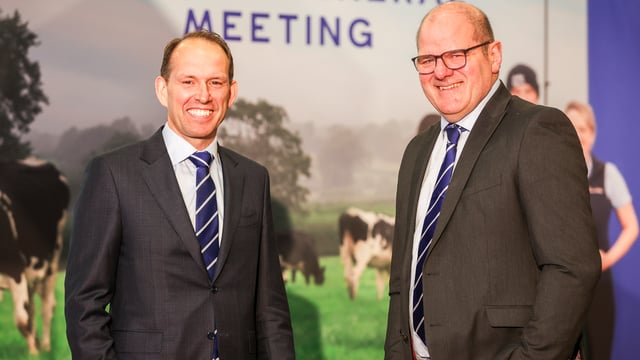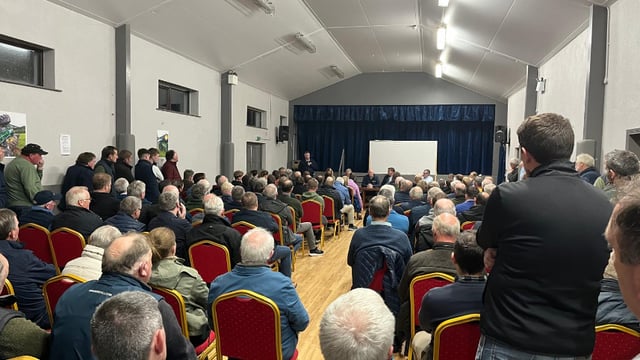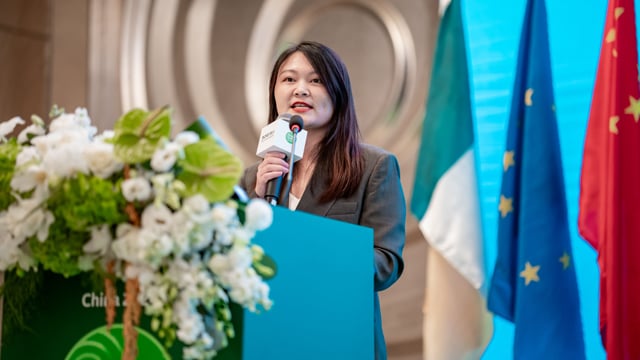Watch: FarmPEAT Project takes stock of progress after 3 years
The three-year FarmPEAT Project, which is coming to a conclusion in December after it commenced in 2021, is taking stock of the progress it has made in that time.
Today (Wednesday, October 23), the project organisers hosted an end-of-project field trip to showcase some of the work it has been doing.
Tomorrow (Thursday, October 24) the project will host a conference to go through this work in more detail, and examine how the takeaways from the three-year project can be put to wider use.
During today's field trip, attendees were taken to two farms - one suckler farm and one dairy farm milking approximately 150 cows - outside Clara, Co. Offaly, to see what actions they had undertaken.
The first farm has installed a dam to partially close off a drain, with the aim of rewetting peat soils on the adjacent bog, as shown in the image below:
The second farmer, the dairy farmer, has installed an 'eddy covariance flux tower' as part of Teagasc’s National Agricultural Soil Carbon Observatory (NASCO).
These devices monitor carbon uptake and release from agricultural land, with the aim of refining the emission factors used for Ireland’s national greenhouse gas (GHG) inventory.
The attendees included several farmers who were there to find out more about the project, while also asking questions about how participation in the project - or a similar one - might affect their farm business, both in terms of results-based payments and also any potential effect on farm productivity.
Speaking to attendees, a representative for the Department of Agriculture, Food and the Marine said the department would soon be issuing calls for proposals for new projects with similar aims and goals to FarmPEAT.
The manager of the FarmPEAT Project is ecologist Caroline Lalor. Speaking to Agriland at today's field trip, Lalor said: "The purpose of today is really just to show people some of the work we’ve completed over the last couple of years.
"We started in 2021 and the objective was to work with farmers in the midlands who are farming peat soils to see if we can come up with ways of managing those soils more sustainably for climate, biodiversity and water quality," Lalor said.
She added: "When we started the project in 2021, the science was telling us that for every hectare of intensively-managed grassland on deep peats in the midlands, they’re emitting about 27t of carbon dioxide per hectare, per year, which is about the same as the amount of emissions that come from four family cars every year.
"So it’s not an insignificant amount of emissions and I suppose what we’re doing is getting down on to farm level, working with farmers, and seeing what they’re willing to do," the FarmPEAT Project manager said.
The conference tomorrow will dive deeper into FarmPEAT’s farmer and community engagement work, as well as the results-based payments and supporting actions delivered by farmers.
Three panel discussions will focus on science and future payments for farmed peat soils, as well as farmers’ experiences of managing them and being part of FarmPEAT.
Topics such as peat wastage, farmers’ perceptions of raising the water table, the need for hydrological monitoring, and the role of public and private finance in delivering positive outcomes for nature will be explored.
The conference will take place at the Radisson Blu Hotel, Athlone, Co. Westmeath from 9:30a.m until 4:00p.m. Registration via Eventbrite is required.

